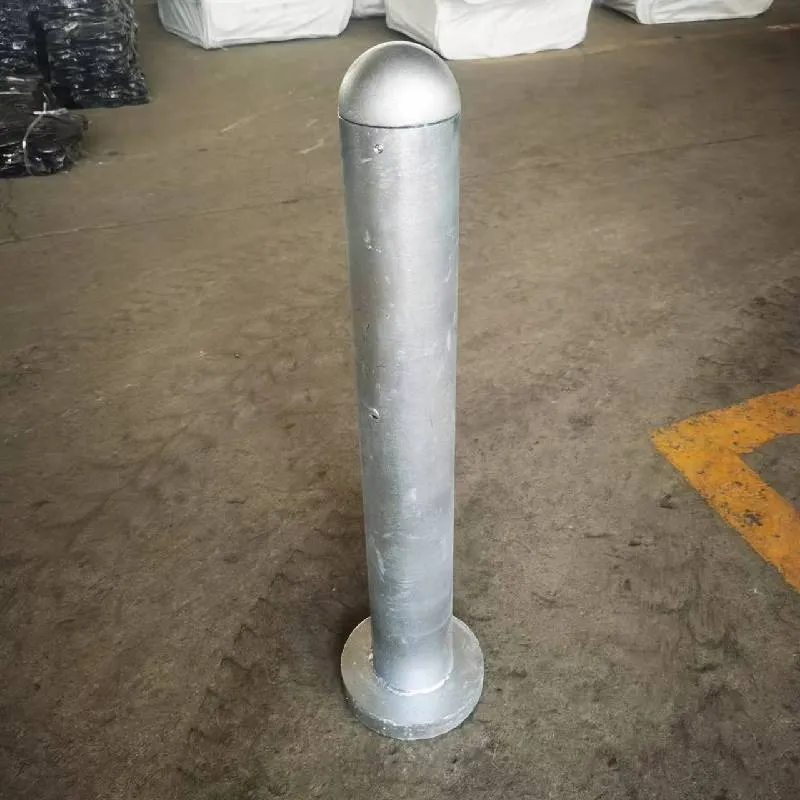Exploring the Benefits and Uses of Access Control Bollards for Enhanced Security
Access Bollards Enhancing Security and Accessibility
In today’s dynamic urban landscape, balancing security with accessibility has become increasingly crucial. One effective solution that addresses these two often conflicting needs is the installation of access bollards. These sturdy vertical posts serve multiple purposes, ranging from controlling vehicle access to enhancing pedestrian safety. As urban areas become more congested and threats increase, understanding the functionality and benefits of access bollards is essential for city planners, businesses, and homeowners alike.
What Are Access Bollards?
Access bollards are short, vertical posts designed to restrict or control vehicle access to certain areas while allowing pedestrian passage. They can be made from various materials such as steel, concrete, or plastic, and can be fixed or collapsible. The implementation of bollards can be seen in various settings, including shopping districts, public parks, and high-security zones, making them a versatile option for security needs.
Security Benefits
One of the primary reasons for installing access bollards is to enhance security. By placing bollards at strategic points, cities and organizations can deter unauthorized vehicle access in sensitive areas. For instance, surrounding government buildings, critical infrastructure, and places of worship with robust bollards creates a physical barrier that can prevent potential threats, such as vehicle ramming attacks. This has become particularly relevant in recent years, with an increase in urban terrorism incidents.
Furthermore, access bollards serve as a visual deterrent against vandalism and crime. The presence of these obstacles can discourage would-be criminals from attempting to engage in illicit activities in protected areas. The mere sight of well-placed bollards can instill a sense of safety among pedestrians and encourage them to visit commercial and public spaces.
Accessibility and Traffic Management
access bollards

While security is paramount, access bollards also play a vital role in managing pedestrian and vehicular traffic. By designating specific areas for vehicle access, they help to streamline traffic flow. For example, in busy shopping districts, bollards can prevent vehicles from driving into heavily populated areas, thereby reducing the risk of accidents. This helps create a safer and more pleasant environment for shoppers and pedestrians.
Moreover, access bollards can enhance accessibility for individuals with disabilities. Many modern bollards are designed with consideration for all users, which means that they can allow specific vehicles, such as emergency services or delivery trucks, to access certain areas while still ensuring that pedestrians can navigate safely. Retractable or removable bollards can be particularly useful in this regard, as they can provide access when needed without compromising safety.
Aesthetic Versatility
Beyond their functional benefits, access bollards can also contribute to the aesthetic appeal of an area. With advancements in design, bollards are available in various styles, colors, and finishes to blend seamlessly with their environment. Municipalities and businesses can choose bespoke designs that complement local architecture or branding, thus enhancing the overall look and feel of a space.
Additionally, some bollards are equipped with features like built-in lighting or greenery, which can further enhance the ambiance of urban settings. As cities strive to improve their visual appeal while maintaining safety measures, the aesthetic versatility of access bollards can play a pivotal role.
Conclusion
In conclusion, access bollards are a critical component of modern urban planning, providing a multi-faceted solution that balances security and accessibility. Their ability to restrict vehicle access, enhance pedestrian safety, manage traffic, and improve aesthetic appeal make them indispensable for cities and businesses alike. As urban areas continue to evolve, incorporating advanced and stylish access bollards will undoubtedly remain a priority for creating safe, accessible, and vibrant public spaces. Embracing this innovative approach not only protects the community but also promotes a thriving urban environment for all to enjoy.
-
The Smarter Choice for Pedestrian AreasNewsJun.30,2025
-
The Gold Standard in Round Drain CoversNewsJun.30,2025
-
The Gold Standard in Manhole Cover SystemsNewsJun.30,2025
-
Superior Drainage Solutions with Premium Gully GratesNewsJun.30,2025
-
Superior Drainage Solutions for Global InfrastructureNewsJun.30,2025
-
Square Manhole Solutions for Modern InfrastructureNewsJun.30,2025
-
Premium Manhole Covers for Modern InfrastructureNewsJun.30,2025
